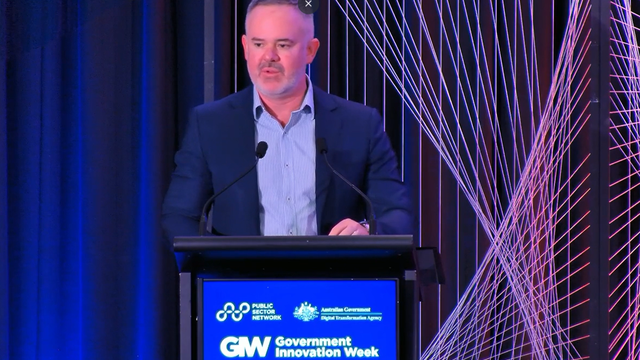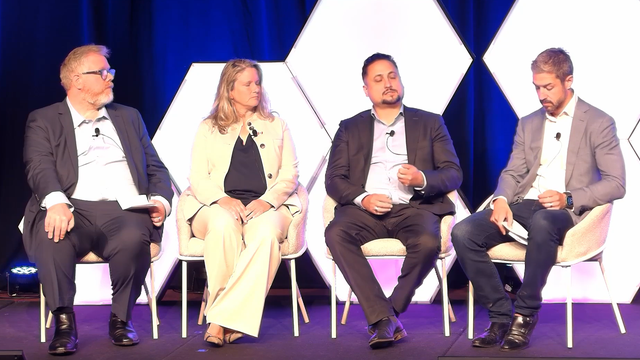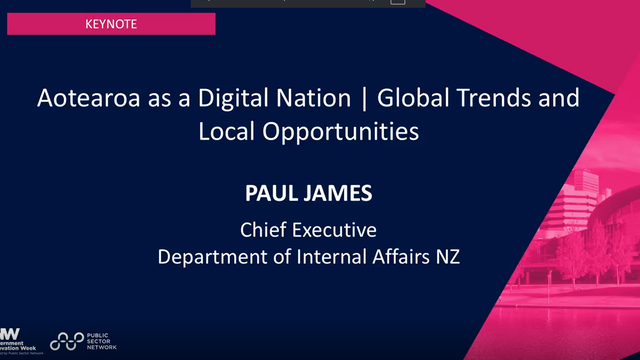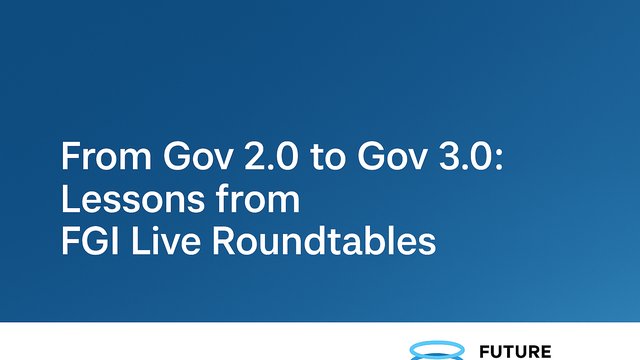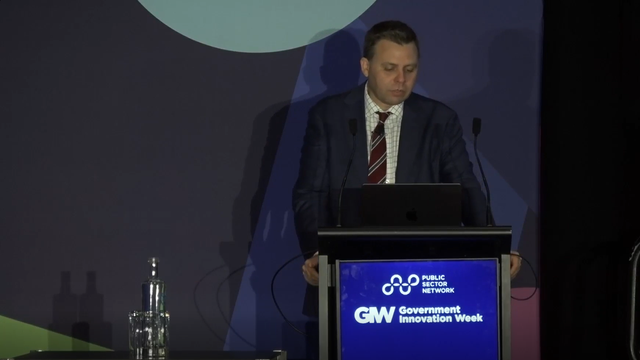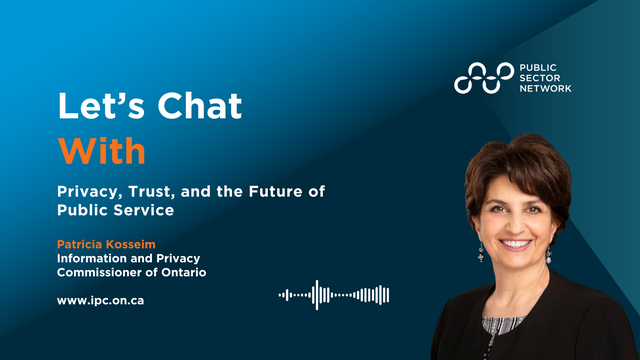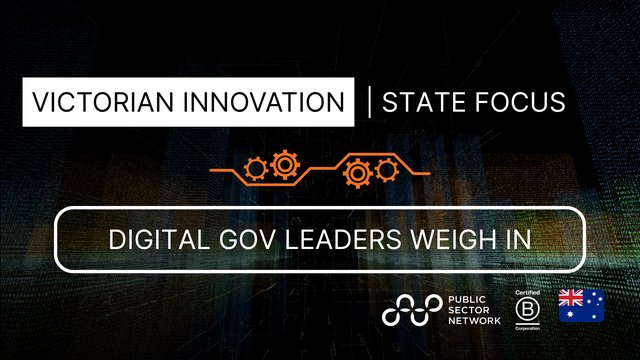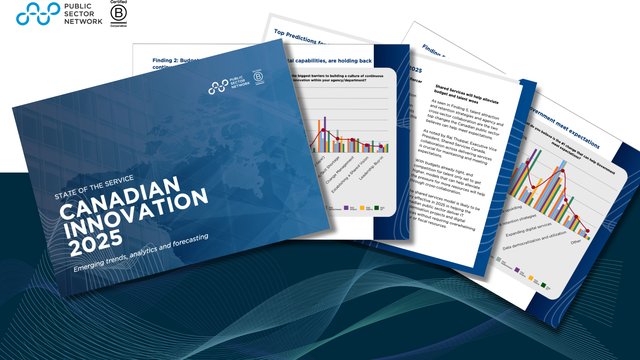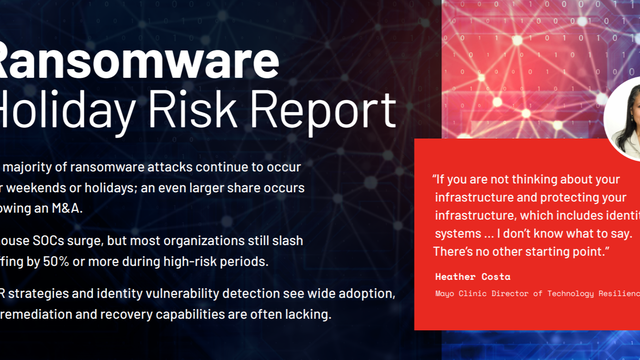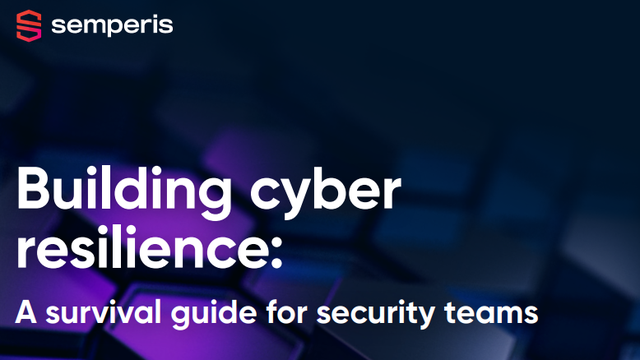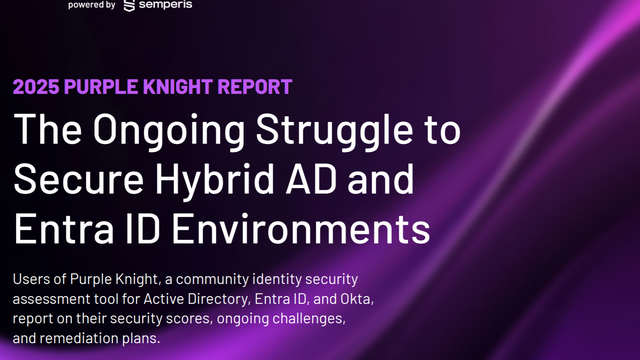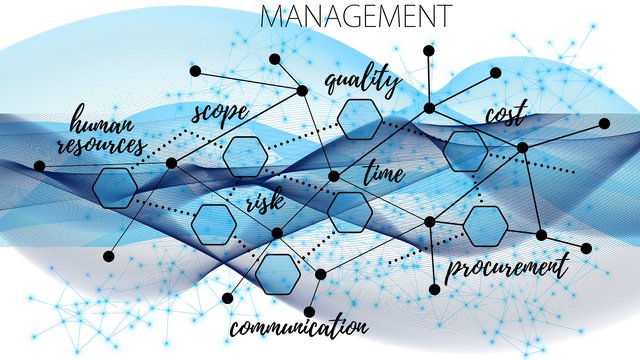

The public sector is undergoing a pivotal transformation, with technology taking center stage in ensuring efficient, secure, and citizen-centric operations. From adopting emerging technologies to modernizing legacy systems, the government sector is facing an unprecedented shift in how services are delivered. But how can governments harness this potential while overcoming complexities unique to the public sector?
This blog explores three key areas critical to government technology transformation—leveraging partnerships, modernizing legacy systems, and future-proofing technology —while spotlighting practical strategies to drive meaningful change.
Collaborative partnerships: Accelerating public sector innovation
The foundation of collaboration
Government agencies transitioning into tech-powered organizations and future-proofing their systems can significantly benefit from partnerships—particularly between government bodies, private enterprises, and civic tech organizations. These partnerships enable shared expertise, offering solutions that balance innovation with feasibility. A true partnership is not merely transactional but aligns all stakeholders toward equitable risk-sharing and mutual gains.
For instance, deploying artificial intelligence (AI) initiatives in public services often involves three pivotal components:
- AI expertise: Provided by AI technology vendors.
- Use case development: Identified by systems integrators and core technology providers.
- Data and outcomes insights: Federal and state agencies offering access to real-world data and expected outcomes.
When these entities collaborate, governments can integrate AI tools effectively, training models on relevant datasets to achieve impactful results.
Keys to successful partnerships
Several principles can ensure that these collaborations thrive:
- Transparency: Setting clear goals, timelines, and expectations streamlines the process across stakeholders.
- Knowledge transfer: Focusing on upskilling public sector employees ensures long-term sustainability beyond vendor contracts.
- Shared advocacy: Appointing champions within government agencies builds trust in the new technology through internal endorsement.
A notable example of shared advocacy can be seen in one of Cúram’s government clients as they rolled out new benefits across the country. The government agency identified their own internal leaders to champion the innovation and system change. These appointed champions were responsible for upskilling staff to take ownership of the project in house, and were successful in building trust across the organization and aligning teams towards the shared goal.
Modernizing legacy systems without disruption
Modernizing legacy technology is a complex challenge for many government agencies that must maintain uninterrupted critical services. Outdated systems often lead to inefficiencies, heightened costs, and security vulnerabilities. However, governments can mitigate these risks by approaching modernization incrementally and strategically.
The role of core technology
At the foundation of successful modernization efforts is the establishment of a core technology backbone. This backbone should offer:
- Reliability and resilience: Foundational systems must ensure uninterrupted operations, even as peripheral services are updated with emerging technologies.
- Scalability: Systems should accommodate increased demand while maintaining performance.
- Predictability: Consistent, timely service delivery paired with operational stability and clear traceability supports dependable outcomes.
For instance, solutions that support management of eligibility and entitlement for government benefits for social programs need to enable decisions at scale without compromising on throughput or reliability.
Modernization with emerging technology: a three-pronged approach
When it comes to emerging technology, modernization efforts should be framed around three primary considerations:
- Business outcomes: Focus on implementing changes that directly benefit users—whether agency workers or citizens—by identifying high-value use cases.
- Feasibility: Start small by conducting Proof of Concept (PoC) projects that define success upfront with clear metrics. AI for example offers exciting potential here but should be applied cautiously, avoiding reliance on unverified tools.
- Risk management: Proactively address risks, such as data privacy concerns, security vulnerabilities, and biases. For instance, user trust in systems powered by emerging technology must be carefully managed to ensure fair and unbiased decision-making.
Read the paper on AI adoption in government agencies for a framework for identifying and prioritizing AI use cases for Proof of Concepts and implementation.
Future-proofing government systems for long-term success
Building resilient systems is critical to helping government agencies adapt to emerging technologies. Future-proofing technology ensures long-term adaptability while avoiding dependencies that could limit flexibility as the tech landscape evolves.
Key strategies for future-proofing government technology
- Choose a cloud deployment model: Governments must decide between public, private, or hybrid cloud setups. Opting for vendor-agnostic cloud solutions reduces the risk of lock-in and provides greater flexibility as needs evolve.
- Monitor AI standards: With AI rapidly advancing but lacking universal standards, appointing dedicated specialists to stay informed on these shifts will prevent reliance on proprietary or unsupported AI tools while anticipating industry trends to stay ahead of technological shifts.
- Core technology platform agnosticism: Selecting core technology based on open or de facto standards enhances interoperability and scalability, ensuring compatibility with future technologies.
- Invest in open source: Leveraging open-source technologies across tech stacks reduces reliance on proprietary software while fostering greater community support and collaboration.
These strategies should be implemented alongside a commitment to investing in expertise, ensuring the organization is equipped to adapt and thrive in a rapidly evolving landscape.
Invest in expertise
Talent development is critical to long-term adaptability and future-proofing. Agencies need specialized teams capable of anticipating the implications of new technologies in areas such as:
- Security and compliance
- Workload management
- Non-functional requirements like uptime and performance
- Evolving deployment environments
- Evaluating paradigm shifts in the industry such as AI
Why the time to act is now
Technology previously seen as emerging, such as AI, is rapidly becoming mainstream and is reshaping industries worldwide, and governments that fail to act risk falling behind. Yet, seizing the opportunities presented by digital transformation requires a balanced approach—embracing innovation while safeguarding critical operations.
Final thoughts
Whether it’s forming alliances with private entities, modernizing legacy systems incrementally, or assessing emerging technology for the future, government agencies have the tools to transform how they serve their citizens. However, no transformation is complete without dedicated policymakers, committed partnerships, and informed strategies.
If your agency is ready to take the first step toward integrating emerging technologies into essential services, consider consulting with experts who specialize in public sector digital transformation. Explore our approach and learn how strategic partnerships can unlock meaningful outcomes for your operation.











